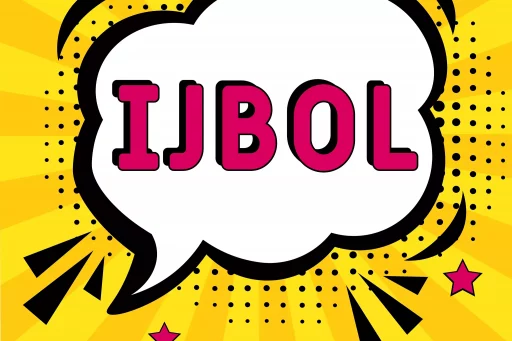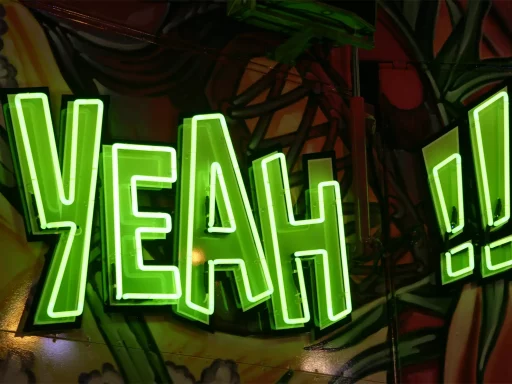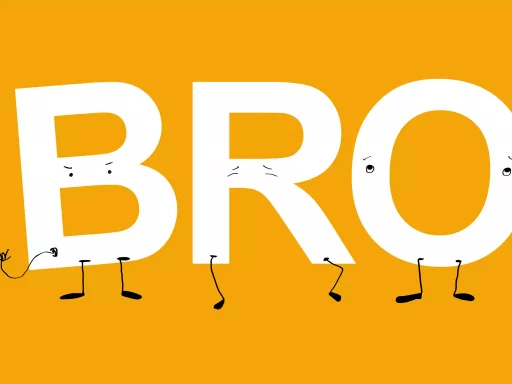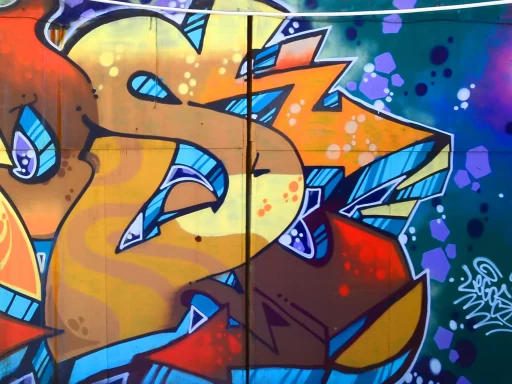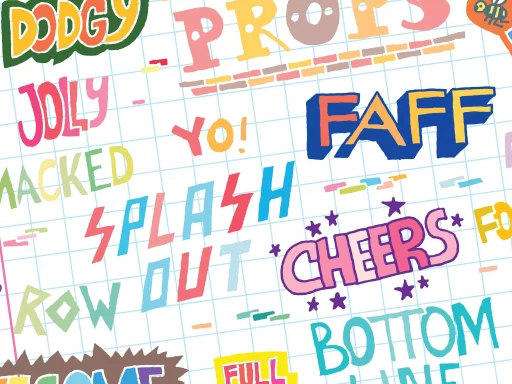What is LARP?
LARP, which stands for Live Action Role-Playing, is a form of interactive game where participants assume the roles of characters in a fictional setting. Unlike traditional tabletop role-playing games, where players engage through dice and imagination, LARPing involves participants physically acting out their characters’ actions in real-world environments. These gatherings can range from small, casual meetups in local parks to large-scale events in elaborate settings.
The Evolution of LARP
The origins of LARP can be traced back to the 1970s and 1980s, primarily influenced by tabletop role-playing games such as Dungeons & Dragons. Players sought a more immersive experience that involved embodying their characters and creating shared stories in real-time.
Since its inception, LARP has evolved significantly. Now, it encompasses a variety of genres from fantasy to sci-fi, historical re-enactment, and even horror, each with its unique set of rules, themes, and communities.
LARP Slang Breakdown
As with any subculture, the LARP community has developed its own lexicon. Understanding this slang is essential for newcomers and seasoned players alike. Here are some key terms:
- Meta: Refers to a player’s awareness of game mechanics or the real-world rules governing the LARP, as opposed to the narrative.
- NPC: Non-player character; these are characters controlled by the game organizers rather than players.
- Costuming: The art of creating or designing outfits fitting for the character’s role; it is a significant aspect of LARP, often reflecting the character’s backstory.
- Power Gaming: A term often used disparagingly, it describes a player focusing on maximizing their character’s abilities at the expense of collaborative storytelling.
- Gamer’s Dilemma: The conflict of balancing enjoyment of the game with the goals of personal character development.
Examples of LARP in Action
To obtain a clearer understanding, let’s look at various types of LARPing:
- Fantasy LARP: Participants often dress as knights or wizards, wielding foam swords and casting spells as part of a medieval-inspired adventure.
- Historical LARP: This involves re-enacting real historical events. Participants might portray figures from a specific period, wearing period-accurate clothing.
- Modern/Urban LARP: Set in contemporary environments, players might use everyday objects as props and integrate modern storytelling elements, such as supernatural themes.
Case Studies: LARP Communities
The global LARPing community has a variety of notable gatherings.
- Gaia Con: Held in Finland, this event attracts thousands of LARPers from around the world and features extensive narrative arcs and complex character interactions.
- Knights of the Round Table: A renowned fantasy LARP that focuses on Arthurian legends. It emphasizes storytelling, player interaction, and character development.
Statistics from a 2022 survey by the International LARP Association indicate that:
- 74% of participants cite community building as their main motivation for engaging in LARP.
- Over 30% of LARPers participate in multiple events annually.
Conclusion: The Social Impact of LARP
LARPing is not just a hobby; it fosters creativity, teamwork, and social interaction. Its growth demonstrates an increasing acceptance of role-play as an art form, offering participants a unique opportunity to express themselves while engaging in collaborative storytelling. Understanding LARP slang and the underlying culture enhances the experience for both newcomers and veterans, creating a more inclusive environment.
